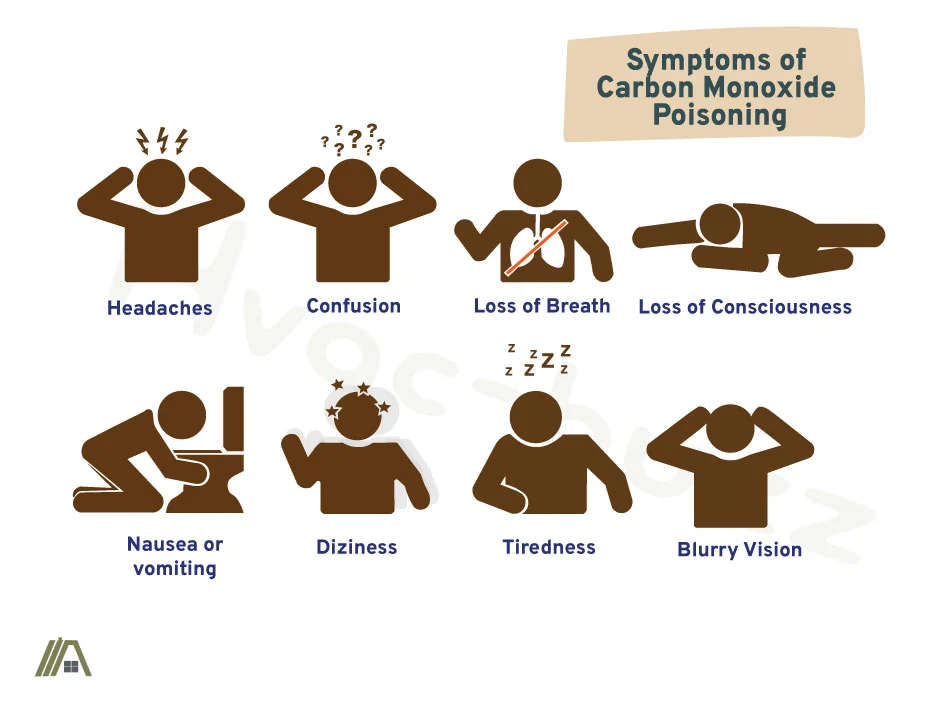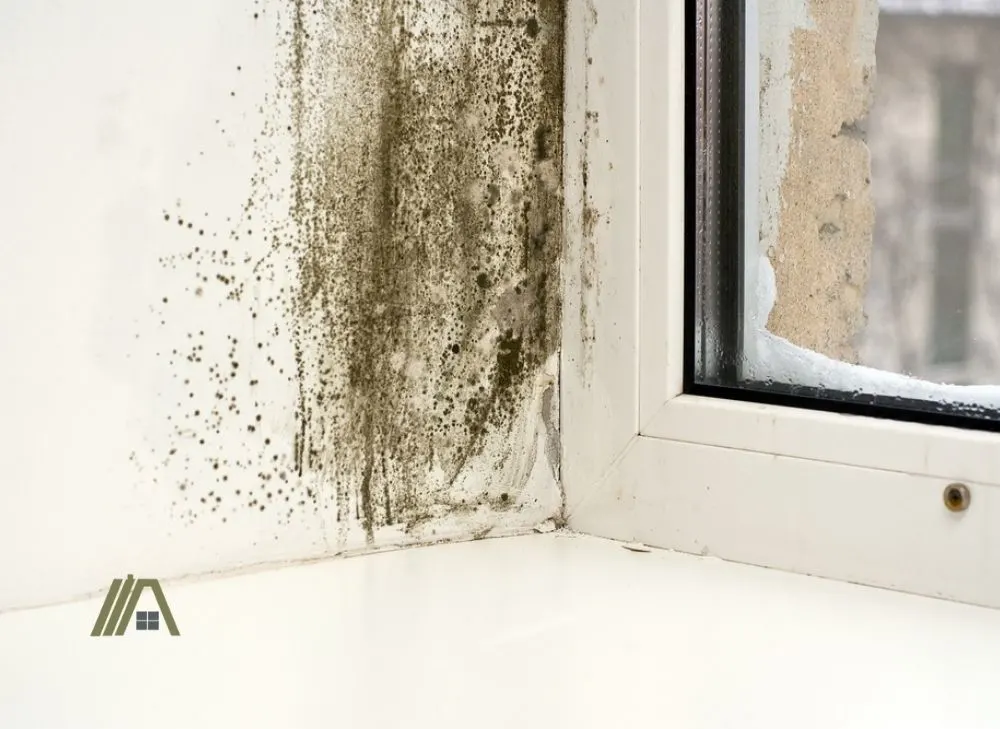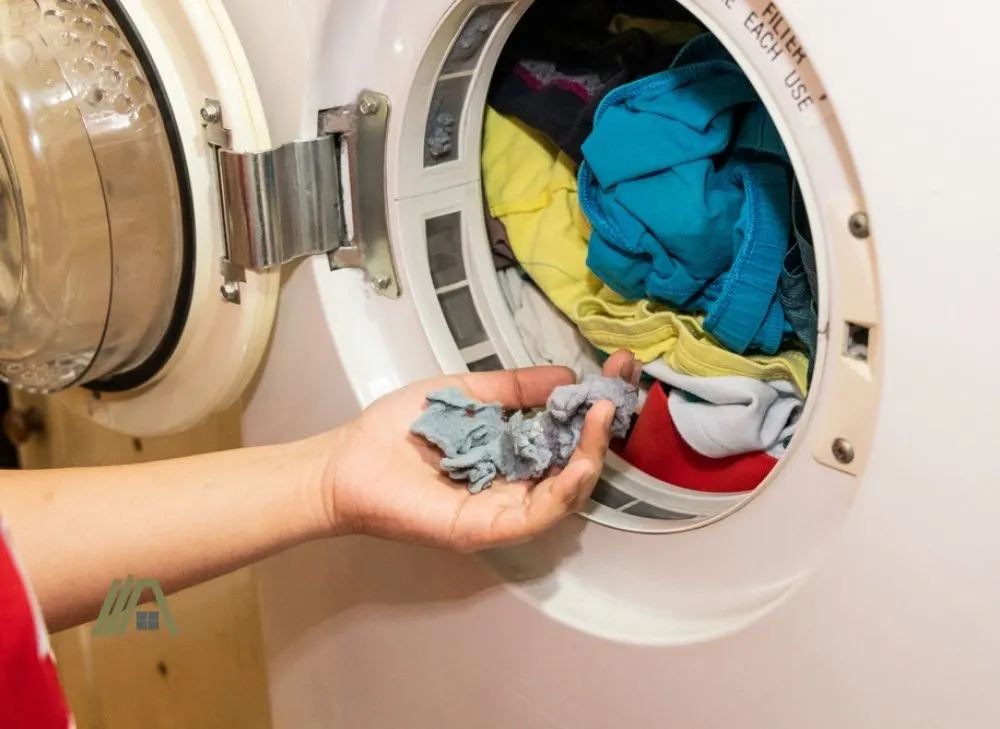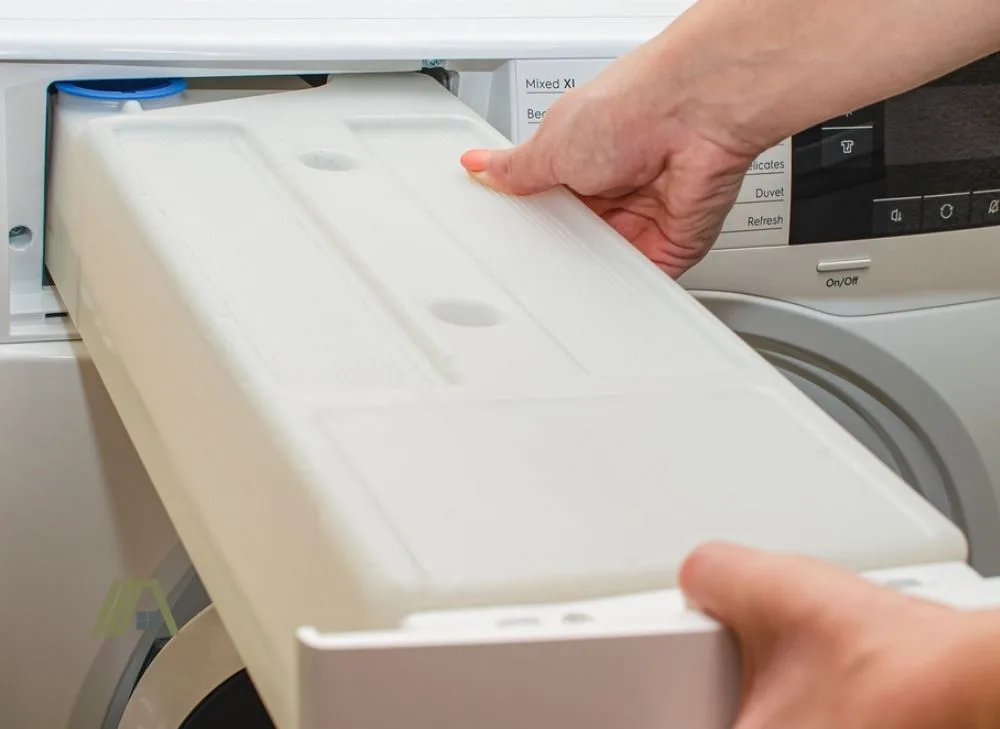I get it; you went out to buy a new dryer, and the gas one sounded like the perfect option when you were in the store. But now you’re home, and you must figure out how to vent this thing. Maybe you have just realized that you don’t want to make a hole in your wall or that your laundry room lacks outside access.
With your already existing ventilation and exhaust systems, is it really necessary to set up another venting system just for the dryer? Why can’t you just vent the dryer inside? Let’s look at what would happen if you attempted to do that, and what are some of the alternatives.

Venting a gas dryer indoors is unsafe as carbon monoxide and hot, moist air released during this process pose serious health risks and can cause structural damage. The IRC, which provides standards for safe living, requires gas dryers to have independent exhaust systems that vent directly outdoors.
CO Risk With Gas Dryers
Carbon monoxide (CO) gas results from the burning of fuel, such as the gases used to power household appliances. When it comes to gas dryers, as with most gas appliances, there is a risk of CO emissions that can become dangerous to the people living in the space where they are installed.

CO is highly toxic, and it is undetectable to humans unless you have a CO alarm (amazon link). CO binds itself to your blood in place of oxygen and results in oxygen deprivation. This means that even if you can still mechanically breathe, you are suffocating on a molecular level.
Venting your gas dryer indoors means you are depositing a poisonous gas into your living space, and you wouldn’t even be aware that you are in danger.
The signs of CO poisoning:
- Headache
- Nausea
- Vomiting
- Confusion
- Blurry vision
- Shortness of breath
- Weakness/fatigue
- Dizziness
- Loss of consciousness
Fetuses, children, the elderly, and any person with an existing pulmonary or cardiovascular disease or weakness are especially vulnerable to CO poisoning. CO can even lead to brain damage, heart damage, miscarriage, and with extended and/or high exposure levels, even death.
As you can see, CO gas is hazardous and should never be allowed to build up in your home. This is why it is vital to correctly vent your gas dryer and prevent its byproducts from exhausting indoors.
Venting into the garage would be particularly dangerous because car exhaust already produces a certain amount of CO.
Negative Effects of Venting Hot, Moist Air Indoors
In addition to the byproducts of combustion, the air being vented out of a gas dryer contains byproducts arising from the drying process. This means that there are several adverse effects of venting the dryer indoors, aside from the CO risk.
One of these effects is the presence of hot and moist air expelled from the dryer into your home.
Perhaps you are a new homeowner or just new to DIY, but let me tell you: warm and wet air is seldom something you want indoors. There are a variety of troubles that come from such conditions that no one wants to have to deal with.
Warm, Moist Air Promotes Mold
Warm and moist air is the fast-track to mold and mildew problems. Bathrooms are prime examples of this, and if you have ever had to deal with such an infestation, you know how difficult it is to remove it. There’s also nothing quite like the smell of a moldy room.

Mold eats through materials such as wood, which can lead to structural damage in your home that could result in costly repairs. It can also damage paints, fabrics, and plastics.
Mold can have negative health implications as well. Some molds are dangerous and can harm people with compromised immune systems or conditions like asthma. Other types of mold are less severe and have the effect of allergens and irritants (which can also impact those with respiratory illnesses).
Condensing Water Can Cause Structural Damage
The moisture from the dryer is exhausted with all the other byproducts. When you are venting this indoors, you add water into the air in your home and increase the likelihood of condensation. Condensation occurs when the air cools and can no longer hold as much water.
It is highly likely that you will lower the temperature of your HVAC system if you are trying to combat the heat that your dryer is venting into your home. However, if you are doing that, you can expect condensation.
Condensation can result in damage to the ceiling, walls, floors, fabrics in the room, and maybe even to the foundations and framing of the house.
The water damage done to the wood around your house can result in collapsing ceilings, rot, mold, peeling paint, and staining. Depending on the extent of the damage, this can end up costing you a lot in repairs and might result in the loss of precious belongings.
Lint Builds Up Inside
Lint is problematic for two main reasons: the fire risk it presents and the potential to interfere with peoples’ respiration.
Lint is the collection of very soft and short fibers that come off fabrics during washing and drying. The nature of these fibers makes them perfect kindling material, meaning it is dangerous to have lint being vented into your house. This material can and will ignite quickly and easily.

Lint can end up blocking vents, which might include those of the house ventilation system. There is also the additional problem of fine fibers dispersing through the breathing air of your house.
If you are breathing in lint, it may cause respiratory irritation, especially for those with pre-existing conditions. It is also dangerous for pets to ingest, as it can cause blockages in the intestines.
If that isn’t enough, think about the endless hours you will likely spend sweeping up the lint.
Moisture Can Get Into Wiring and Outlets
The wiring and outlets in a bathroom are carefully regulated by code because of the danger of having them in a humid bathroom environment. Wet air and condensation can ruin your electrics and make them quite dangerous.
Water helps conduct electricity; when this occurs in wiring and outlets, it can result in surges and short-circuiting.
You should have the appropriate safety measures installed with the wiring in your home to prevent electrocution and fires.
However, by introducing the moisture, there is a new variable. Using your outlets may become unsafe for you as it could result in electro-shock. Or there might be an electrical fire that endangers your family and home.
Hot Air Can Affect Breathing in Vulnerable People
You have probably heard that cold air can be especially harmful to someone with a respiratory condition, but perhaps you don’t know that this applies to hot air as well.
This is a result of the inflammation and irritation that can occur in the airways due to the heat of the air, which can exacerbate illnesses such as chronic obstructive pulmonary disease (COPD) and can trigger asthma.
So, if you or anyone in your household suffers from any respiratory difficulties, it is certainly not recommended to expose them to the exhausted air of the dryer.
Indoor Venting Contravenes Building Code
It is unlawful to vent a dryer indoors as the International Residential Code (IRC) clearly states, in Section M1502.2, that:
“Dryer exhaust system shall be independent of all other systems and shall convey the moisture to the outdoors.”
Venting your gas dryer indoors puts it in communication with the house’s HVAC system and would only indirectly exhaust moisture instead of ejecting it directly outside. The only exception to this IRC regulation is a labeled and listed ductless dryer.
Section M1502.3 clarifies that the exhaust duct for a dryer must terminate outside your home according to the manufacturer’s instructions or (if not specified) at least 3 ft away from any opening, which includes a furnace intake and ventilated soffits.
When it comes to gas dryers, you can even consider an enclosed deck as an indoor space and the dryer should not be vented into or under the deck.
Secondary Negative Effects of Indoor Venting
An incorrectly vented dryer can result in several indirect consequences that you may not initially think of.
A gas dryer that vents indoors is a code violation that can invalidate your insurance cover. You will likely not be eligible to receive any compensation when the insurance inspector discovers this violation. This can even impact insurance claims that did not originate with the dryer.
The appliance warranty requires that manufacture instructions for installation and operation be followed. Venting your dryer indoors will void any warranty on the machine as you will not have complied with the requirements for the manufacturer’s continued responsibility for the appliance.
As a potential homeowner, I would check venting options. If I came across a gas dryer that was incorrectly vented, I would walk away from the house immediately, being concerned with possible structural damage. So, you can see that it can affect your home’s sale and resale value.
Condenser Boxes Are Not a Good Alternative
Condenser boxes may sound like a replacement, but they are not a workable solution. This article on Do Tumble Dryer Condenser Boxes Work? explains how the boxes fall short of expectation if you are trying to avoid venting a dryer.

Dryers are not designed to work with condenser boxes and will overload the capacity of the box. The most significant consideration is this: condenser boxes are not intended to deal with the byproducts (or the amounts of them) coming from the dryer, especially not CO gas.
Vent or Go Ventless With an Electric Dryer
If you do not want to vent your dryer, first, you will have to accept a switch from gas to electric.
You will need to vent according to the manufacturers and IRC regulations for an electric dryer to be safe to have in your home. There is, however, a way to not vent a dryer.
There is an exception to the code regulations for dryer exhaust systems and ducts, and that is to opt for a ductless dryer model. These dryers do not require venting because they run exclusively on electricity. There is no version of a gas dryer that can be legally installed without proper venting.
Electric dryers do not produce the same byproducts as gas dryers because they do not burn fuel. This means that ventless models are available and are perfectly safe as long as the appliance is listed and labeled according to the IRC. This does not mean that it is safe to vent electric dryers indoors.
Sources
https://www.osha.gov/sites/default/files/publications/carbonmonoxide-factsheet.pdf
https://www.mayoclinic.org/diseases-conditions/carbon-monoxide/symptoms-causes/syc-20370642
https://homeinspectioninsider.com/dryer-lint-toxic/
